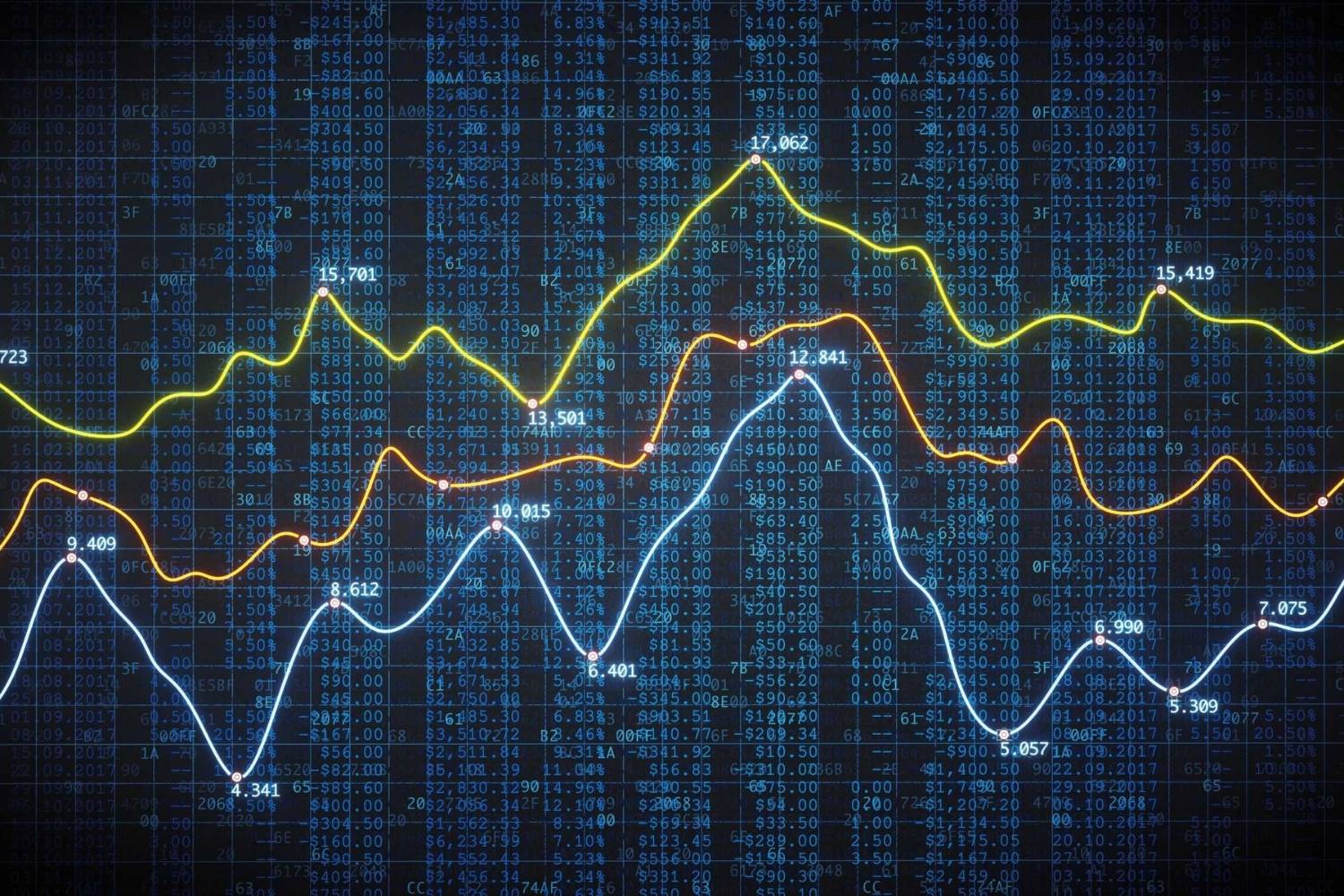
The SPX, or S&P 500 Index, is a stock market index tracking the performance of 500 large companies listed on stock exchanges in the United States. Created by Standard & Poor's, it serves as a barometer for the overall health of the U.S. economy. But what makes the SPX so significant? For starters, it includes companies from various sectors like technology, healthcare, and finance, offering a broad snapshot of market trends. Investors and analysts often use the SPX to gauge market sentiment and make informed decisions. Whether you're a seasoned investor or just curious about the stock market, understanding the SPX can provide valuable insights into economic trends and investment opportunities. Ready to learn more? Let's dive into 30 fascinating facts about the SPX that will enhance your financial knowledge.
The SPX: A Snapshot
The S&P 500, often referred to as the SPX, is a stock market index that tracks the performance of 500 large companies listed on stock exchanges in the United States. It is widely regarded as one of the best representations of the U.S. stock market and a barometer of the U.S. economy.
- The SPX was introduced in 1957 by Standard & Poor's.
- It includes 500 of the largest companies in the U.S. by market capitalization.
- The index covers approximately 80% of the available market capitalization.
- Companies in the SPX are selected by a committee based on various criteria, including market size, liquidity, and industry.
- The SPX is a market-capitalization-weighted index, meaning larger companies have a greater impact on the index's performance.
Historical Milestones
The SPX has a rich history filled with significant milestones that have shaped its current form. Here are some key moments:
- The SPX reached 1,000 points for the first time on February 2, 1998.
- It hit 2,000 points on August 26, 2014.
- The index crossed the 3,000-point mark on July 10, 2019.
- During the 2008 financial crisis, the SPX fell by nearly 57% from its peak in October 2007 to its trough in March 2009.
- The SPX experienced its fastest 30% decline in history during the COVID-19 pandemic in March 2020.
Sector Composition
The SPX is diversified across various sectors, providing a broad view of the U.S. economy. Each sector's performance can significantly impact the index.
- Technology is the largest sector in the SPX, making up about 27% of the index.
- Health care is the second-largest sector, comprising around 14%.
- Financials account for roughly 11% of the SPX.
- Consumer discretionary and communication services each make up about 10%.
- The energy sector, although smaller, still plays a crucial role, representing about 3%.
Notable Companies
The SPX includes some of the most well-known and influential companies in the world. These companies often lead their respective industries and have a significant impact on the index.
- Apple Inc. is the largest company in the SPX by market capitalization.
- Microsoft Corporation is another tech giant that holds a significant weight in the index.
- Amazon.com Inc. is a major player in the consumer discretionary sector.
- Alphabet Inc., the parent company of Google, is a key component of the communication services sector.
- Berkshire Hathaway Inc., led by Warren Buffett, is a notable company in the financial sector.
Investment and Trading
Investors and traders use the SPX in various ways to achieve their financial goals. It serves as a benchmark for many investment strategies and products.
- Many mutual funds and ETFs are designed to track the performance of the SPX.
- The SPX is often used as a benchmark to measure the performance of other investments.
- Options and futures contracts based on the SPX are popular among traders for hedging and speculative purposes.
- The SPX is considered a "bellwether" for the U.S. economy, influencing investment decisions worldwide.
- Dividend yields from SPX companies can provide a steady income stream for investors.
Global Influence
The SPX's influence extends beyond the U.S., affecting global markets and economies. Its performance is closely watched by investors around the world.
- The SPX is often seen as a leading indicator of global economic health.
- Many international investors use the SPX as a benchmark for their U.S. investments.
- The index's performance can impact currency exchange rates, particularly the U.S. dollar.
- Global financial news frequently reports on the SPX's daily movements.
- Central banks and policymakers monitor the SPX to gauge economic conditions and make informed decisions.
The Final Word on SPX
The SPX is more than just a stock market index. It’s a barometer of the U.S. economy, reflecting the performance of 500 of the largest companies. From its humble beginnings in 1957, it has grown to become a key indicator for investors worldwide. Knowing the ins and outs of the SPX can help you make more informed investment decisions. Whether you’re a seasoned investor or just starting out, understanding the SPX is crucial. It’s not just about numbers; it’s about the stories behind those numbers. The SPX offers a snapshot of economic health, trends, and potential future movements. So, next time you hear about the SPX, you’ll know it’s more than just an index; it’s a window into the economic pulse of the nation. Keep these facts in mind, and you’ll be better prepared to navigate the financial world.
Was this page helpful?
Our commitment to delivering trustworthy and engaging content is at the heart of what we do. Each fact on our site is contributed by real users like you, bringing a wealth of diverse insights and information. To ensure the highest standards of accuracy and reliability, our dedicated editors meticulously review each submission. This process guarantees that the facts we share are not only fascinating but also credible. Trust in our commitment to quality and authenticity as you explore and learn with us.
